Grounding & Protection
Tower Climbing Safety Equipment
ENHANCING REMOTE WORKER SAFETY
Grounding & Protection

Lightning Strikes
In Canada, lightning flashes occur about 2.34 million times a year; with the highest levels of concentration during the summer months.
While most lightning on earth is ground-to-cloud, recent research has identified that the majority of lightning events to tall structures, such as wind turbines, occur in the presents of ground-to-cloud leaders – upward lightning. More importantly, the majority of ground-to-cloud leaders transpire following a sudden change in electric field initiated by either cloud-to-cloud, cloud-to-air...
Related Articles
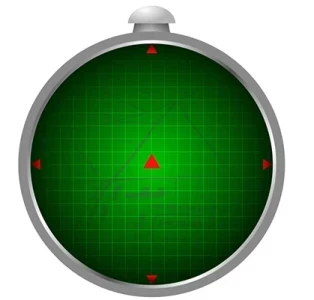
ENHANCING REMOTE WORKER SAFETY
Remote field operations present the safety organization with a myriad of challenges when it comes to ensuring the safety of the people that you send out to work in the field every day. Without a doubt, this includes the line workers, but it also includes nearly every member of the staff whose...

The Guide to IEEE Utility Safety Standards
A comprehensive review of IEEE guidelines and documents BY JIM TOMASESKI, IEEE, NESC Main Committee, PAR Electric Every day, utility workers are risking their lives in work environments that involve high-risk activities such as working at extreme heights, managing or repairing energized...

Lineman Safety during a Wildfire
If you wanted to create a recipe for disaster, the beginning of the 2021 wildfire season would be a good place to start. Nearly 90% of the western U.S. is suffering through extreme drought. The snowpack set new low levels there as well. A record-breaking heatwave steamrolled the Pacific Northwest...

Safety Reports for Utility Workers
Protecting utility workers with documented reporting BY MIKE DOHERTY, PowerTel Utilities Contractors Limited Within the lineman trade, accountabilities for the documentation of various inspections, job safety analyses (JSAs), audits, safe work practices (SPGs), qualifications, safety meetings,...
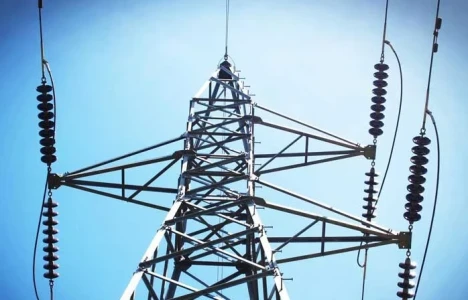
FERC Complaint Targets Duke, PJM Transmission Planning
A coalition of large energy consumers and ratepayer advocates has filed a complaint with the Federal Energy Regulatory Commission (FERC), urging the agency to prohibit transmission owners from independently planning "local" transmission projects exceeding 100 kilovolts (kV). The coalition argues...
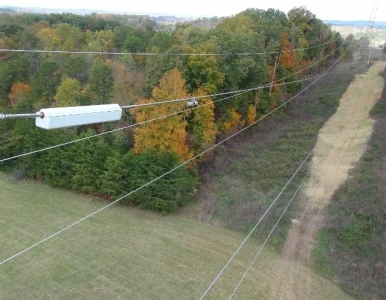
The End of the Road for Transmission Incentives
In a significant shift, the Federal Energy Regulatory Commission (FERC) has decided to abandon its transmission incentives policy, particularly the construction work in progress (CWIP) incentives. This decision marks a pivotal change in how transmission projects are financed and regulated,...

Grounding System Testing: Simplified Fall-Of-Potential And Step-And-Touch Voltage Testing
Verifying the functionality and integrity of a grounding system is critical to maintaining a safe workspace. Unfortunately, the tests used to achieve this goal, as well as the standards used to assess them, have required a specialized skillset, often leaving these tests done improperly or not at...

Grounding Electrodes
For years, manufacturers of ground rods have strived to develop technical specifications for the electrical industry which address the specific needs and applications of clients and endusers alike. One reason for stressing the importance of this was to assure that the customer would receive what...
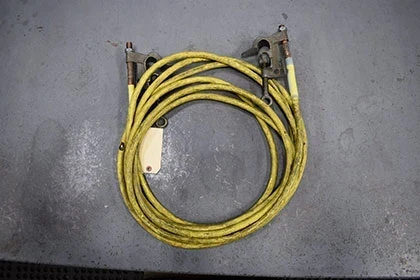
Proper Inspection of Grounds and Jumpers is a Well Grounded Practice
Taking care of your grounds and jumpers A lineman’s ground and jumper cables look and feel like they’re built to last forever, but looks can be deceiving. They get tossed in the truck, dropped in the mud, left hanging in the rain, and generally overlooked. With everyday use, we start...
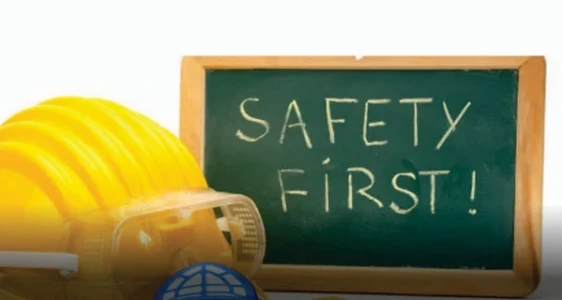
Electrical Lineman Safety Equipment - Tools of the Trade
When working in close proximity to exposed energized equipment or working on live electrical circuits, it’s necessary to protect not only the equipment being worked on but also the worker. Rubber insulating gloves and insulated hand tools are vital components of a successful PPE system and...
